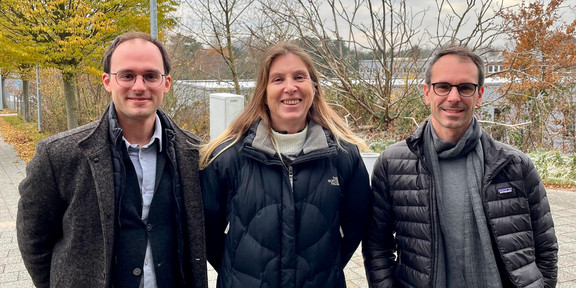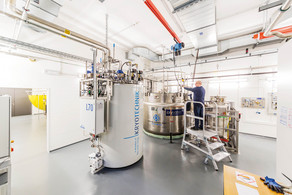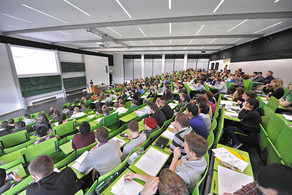New MERCUR project combines theoretical particle and solid-state physics
- News
- Research

The essential knowledge about the fundamental structure of nature is summarized in the Standard Model of particle physics. From a methodological point of view, it is a relativistic quantum field theory (QFT) that describes phenomena at high energies surprisingly accurately. In contrast to particle physics, the physics of solids takes place at much lower energies. In fact, relativistic quantum field theories play a crucial role here as well, for example in graphene and near exotic phase transitions. Moreover, many otherwise completely different quantum field theories from particle and solid state physics are linked by so-called duality conjectures. In two project lines, this MERCUR collaboration will investigate the critical behavior of such quantum field theories and shed light on open questions about dualities that are important for the understanding of both quantum phase transitions and quantum chromodynamics. Modern renormalization group methods are used for this purpose. Overall, this research direction contributes to the systematic development of QFT methods essential for the fundamental understanding of current issues in solid state and particle physics. The project has a duration of two years and is funded by MERCUR. From TU Dortmund Prof. Gudrun Hiller and JProf. Emmanuel Stamou from theoretical particle physics are involved, from Ruhr Universität Bochum Prof. Michael Scherer from theoretical solid state physics is working on the project.








